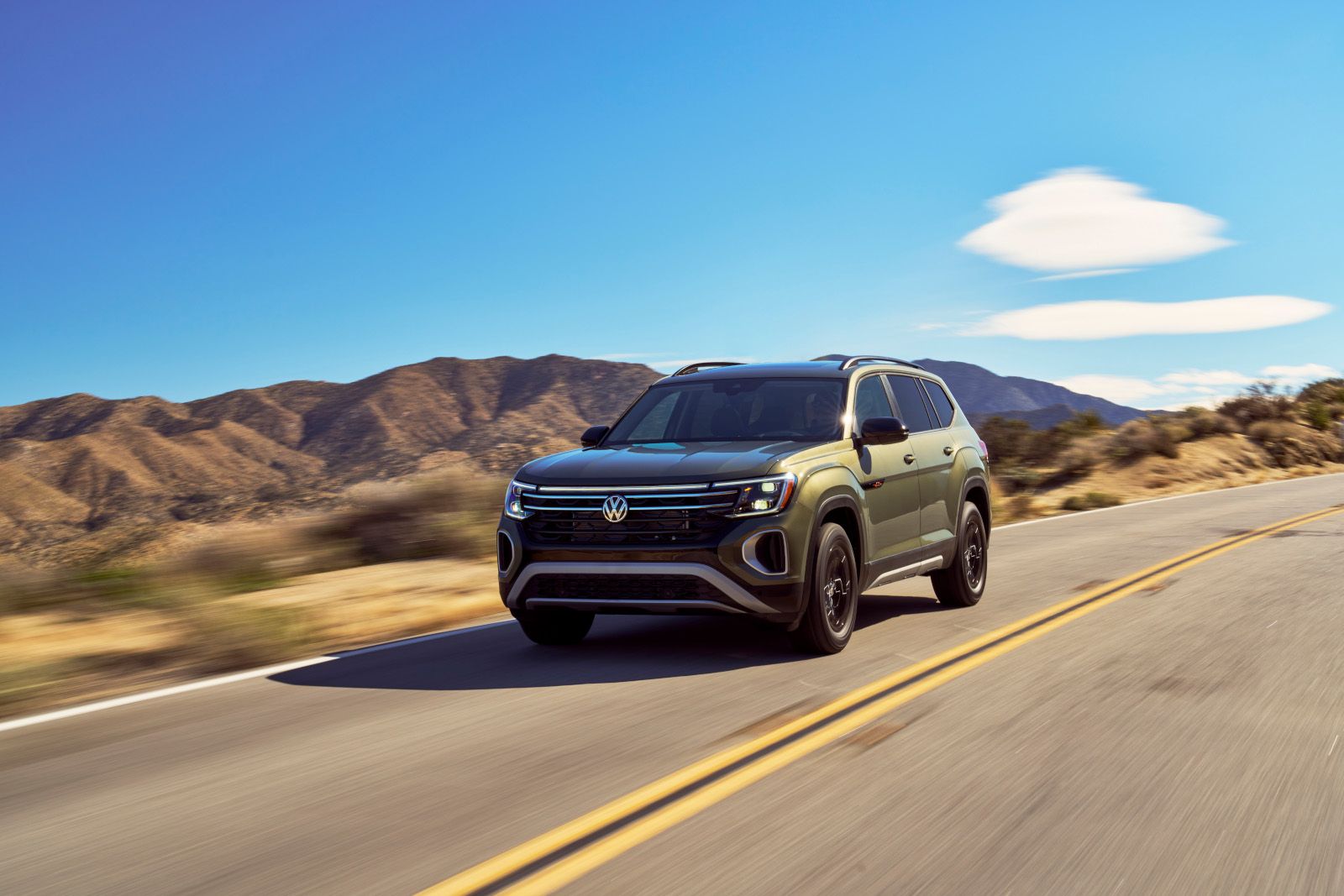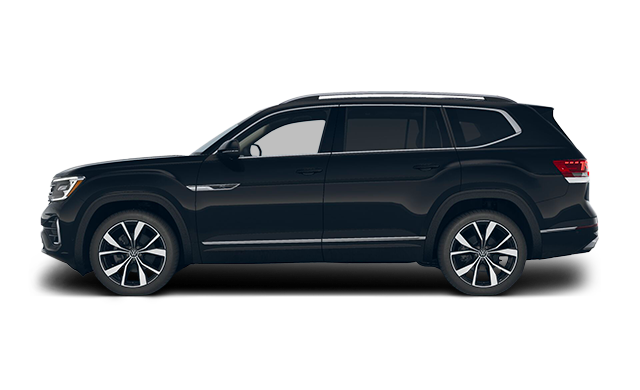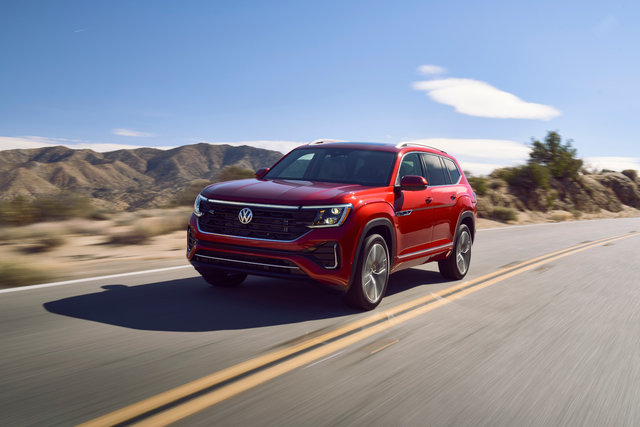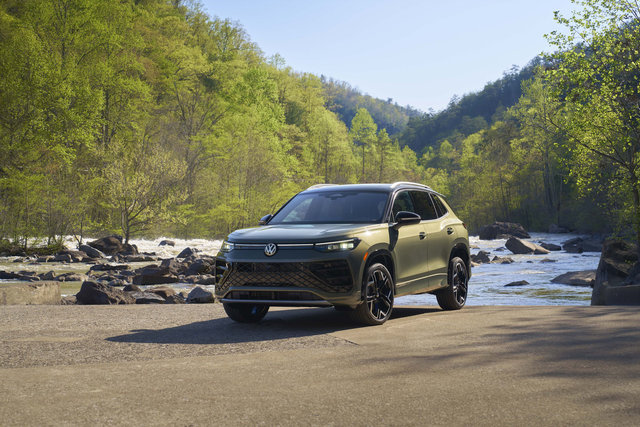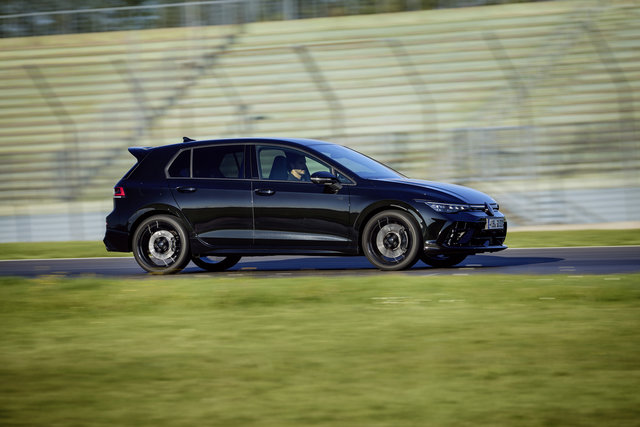Choosing the right SUV for your family starts with understanding your real-world needs. For families across North Vancouver, the decision between the Volkswagen Atlas and Tiguan often comes down to one key question: how many seats do you actually need? Both models deliver the all-wheel-drive capability and cargo space that make them well-suited for British Columbia roads, but their seating configurations address very different family situations.
The Atlas provides true three-row, seven-passenger seating, while the Tiguan offers a two-row, five-passenger layout. This isn't about one SUV being "better" than the other—it's about matching the vehicle to your specific needs. From carpools to Canyon Heights Elementary to weekend trips up the Sea-to-Sky Highway, understanding these core differences will help you make the right choice for your North Shore lifestyle.
At a Glance: Atlas vs. Tiguan
|
Feature
|
Atlas
|
Tiguan
|
|
Seating
|
7 passengers (3 rows)
|
5 passengers (2 rows)
|
|
Engine
|
2.0 L TSI 4-cylinder
|
2.0 L TSI 4-cylinder
|
|
Power
|
269 hp, 273 lb-ft
|
201 hp, 221 lb-ft
|
|
Cargo Volume
|
2,735 litres (seats folded)
|
1,668 litres (seats folded)
|
|
Towing Capacity
|
2,268 kg (5,000 lbs)
|
816 kg
|
|
Fuel Economy (combined)
|
11.0 L/100 km
|
9.3 L/100 km
|
|
Drivetrain
|
4MOTION All-Wheel Drive
|
4MOTION All-Wheel Drive
|
Seating Capacity: The Core Difference
The Atlas and Tiguan serve distinctly different family sizes, and this is where your decision should begin.
The Atlas features three full rows of seating with space for seven passengers. The second-row seats include a 60/40 split-folding design with "Easy Access" functionality, which tilts and slides forward to create an accessible path to the third row. This makes it practical for daily use, whether you're dropping kids at school or heading out for family weekend trips. If you're regularly transporting more than five people, whether for school carpools to Upper Lynn Elementary or weekend outings with extended family, the Atlas addresses that need directly.
The Tiguan provides two rows with seating for five passengers. The second row features a 60/40 split-folding configuration, offering flexibility for cargo when you need it. This layout works well for smaller families or those who prioritize additional cargo space over extra passenger capacity. The Tiguan's cabin feels spacious for five, with ample legroom in both rows.
Key Considerations:
- Do you regularly transport more than five people?
- Are you part of school carpool rotations that require six or seven seats?
- Do extended family members or friends frequently join your trips?
If you answer yes to these questions, the Atlas's third row becomes a practical necessity rather than an occasional convenience.
Performance and Capability
Both SUVs share Volkswagen's 2.0 L turbocharged TSI 4-cylinder engine and 4MOTION all-wheel drive, but they're calibrated differently to match their sizes and purposes.
The Atlas produces 269 horsepower and 273 lb-ft of torque, paired with an 8-speed automatic transmission. This power level accounts for the vehicle's larger size and heavier load capacity. The Atlas can tow up to 2,268 kg (5,000 lbs) when properly equipped, making it suitable for larger trailers, boats, or recreational equipment.
The Tiguan generates 201 horsepower and 221 lb-ft of torque, also with an 8-speed automatic transmission. The lighter weight and reduced power output contribute to better fuel economy at 9.3 L/100 km combined, compared to the Atlas's 11.0 L/100 km. The Tiguan's towing capacity of 816 kg handles smaller trailers or bike racks but won't accommodate larger recreational equipment.
Both vehicles include 4MOTION all-wheel drive as standard, which distributes power to all four wheels for improved traction on wet roads, light snow, or unpaved surfaces. From rainy days on Capilano Road to weekend trips to Whistler, the all-wheel-drive system provides consistent grip across varying British Columbia weather conditions.
Cargo Space and Versatility
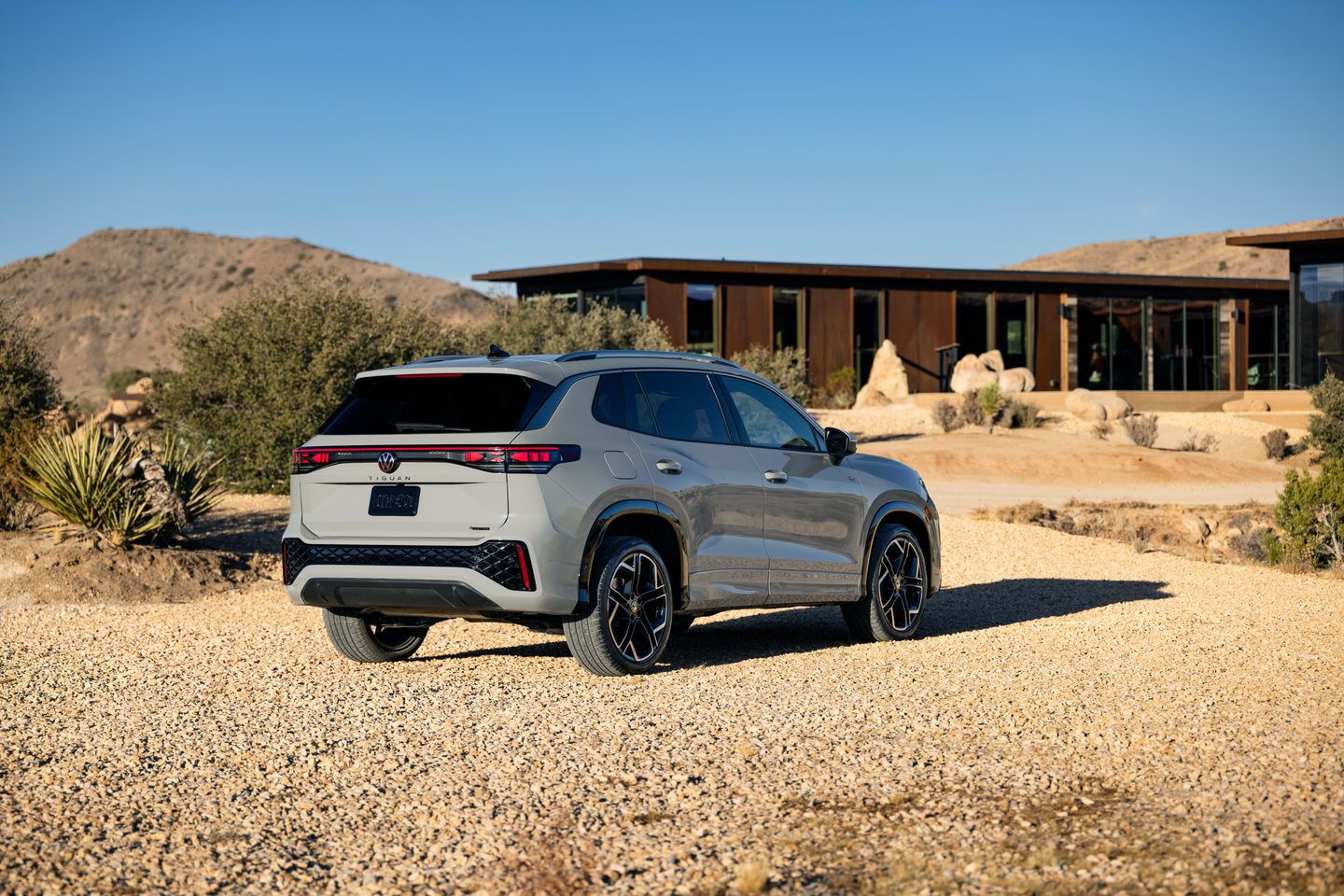
Cargo capacity differs significantly between these two SUVs, and it's directly tied to their seating configurations.
The Atlas offers 2,735 litres of maximum cargo volume with all rear seats folded down. Even with the third row in use, the Atlas maintains usable cargo space behind it for groceries, sports equipment, or luggage. When you fold the second and third rows flat, the cargo area becomes large enough for furniture, camping gear, or multiple sets of ski equipment.
The Tiguan provides 1,668 litres of cargo volume with the second row folded. While this is less than the Atlas, it's still substantial for a two-row SUV. The Tiguan's cargo area accommodates weekly shopping trips, hiking gear, and luggage for a family of four or five. The lower load floor and more compact size also make it easier to load and unload items.
Both models include 60/40 split-folding rear seats, allowing you to carry both passengers and cargo simultaneously when needed.
Interior Space and Comfort
Space isn't just about numbers—it's about how comfortable your passengers feel during daily drives and longer trips.
The Atlas's wheelbase measures 2,980 mm, and its overall length is 5,097 mm. This translates to generous legroom in all three rows, though the third row is best suited for children or shorter adults on longer trips. The second row offers adult-friendly space with the ability to slide and recline. Three-zone climate control ensures all passengers can set their preferred temperature.
The Tiguan's wheelbase is 2,791 mm, with an overall length of 4,684 mm. This makes it more compact and easier to maneuver in parking lots or tight city streets. The second row provides ample legroom for adults, and the overall cabin feels open and well-proportioned. The Tiguan includes two-zone climate control as standard, with three-zone available on higher trims.
Both SUVs feature modern infotainment systems with large touchscreens, wireless App-Connect, and Volkswagen Digital Cockpit Pro. Higher trims on both models include premium audio systems, heated seats, and advanced driver-assistance features.
Which Model is Right for You?
The decision between the Atlas and Tiguan depends on how you'll use the vehicle day to day.
Choose the Atlas if you need to regularly seat six or seven passengers. This includes families with more than two children, those who frequently carpool, or anyone who transports extended family members regularly. The Atlas also makes sense if you tow heavier loads or need maximum cargo capacity for equipment, sports gear, or family trips.
Choose the Tiguan if your family consists of four or five people and you don't foresee needing extra seating. The Tiguan delivers better fuel economy, easier parking in urban areas, and sufficient cargo space for most family needs. It's also a practical choice for couples, small families, or those who prioritize efficiency and handling over maximum capacity.
Both vehicles offer 4MOTION all-wheel drive, strong safety ratings, and the build quality Volkswagen is known for. The real question is whether you need that third row—and if you do, the Atlas is the clear answer.
Experience the Atlas and Tiguan at Capilano Volkswagen
Still weighing your options? The best way to understand which SUV suits your family is to see both in person and take them for a test drive. Visit our team at Capilano Volkswagen in North Vancouver to explore the Atlas and Tiguan side by side, and find the right fit for your family's needs on the North Shore.



